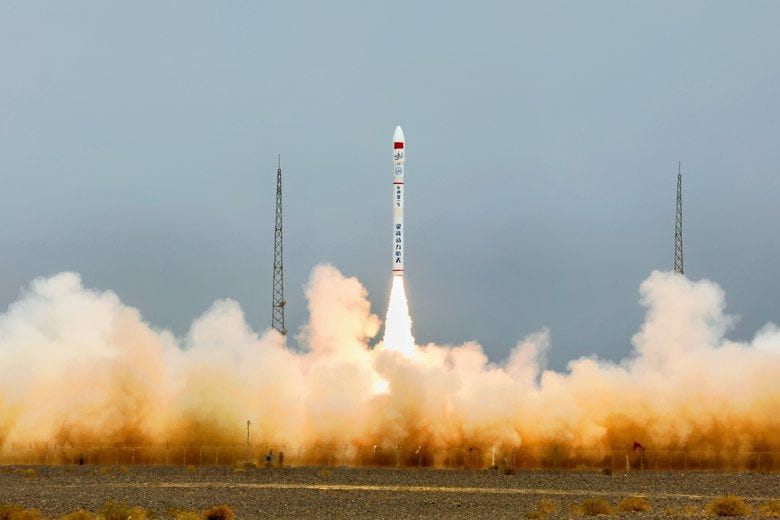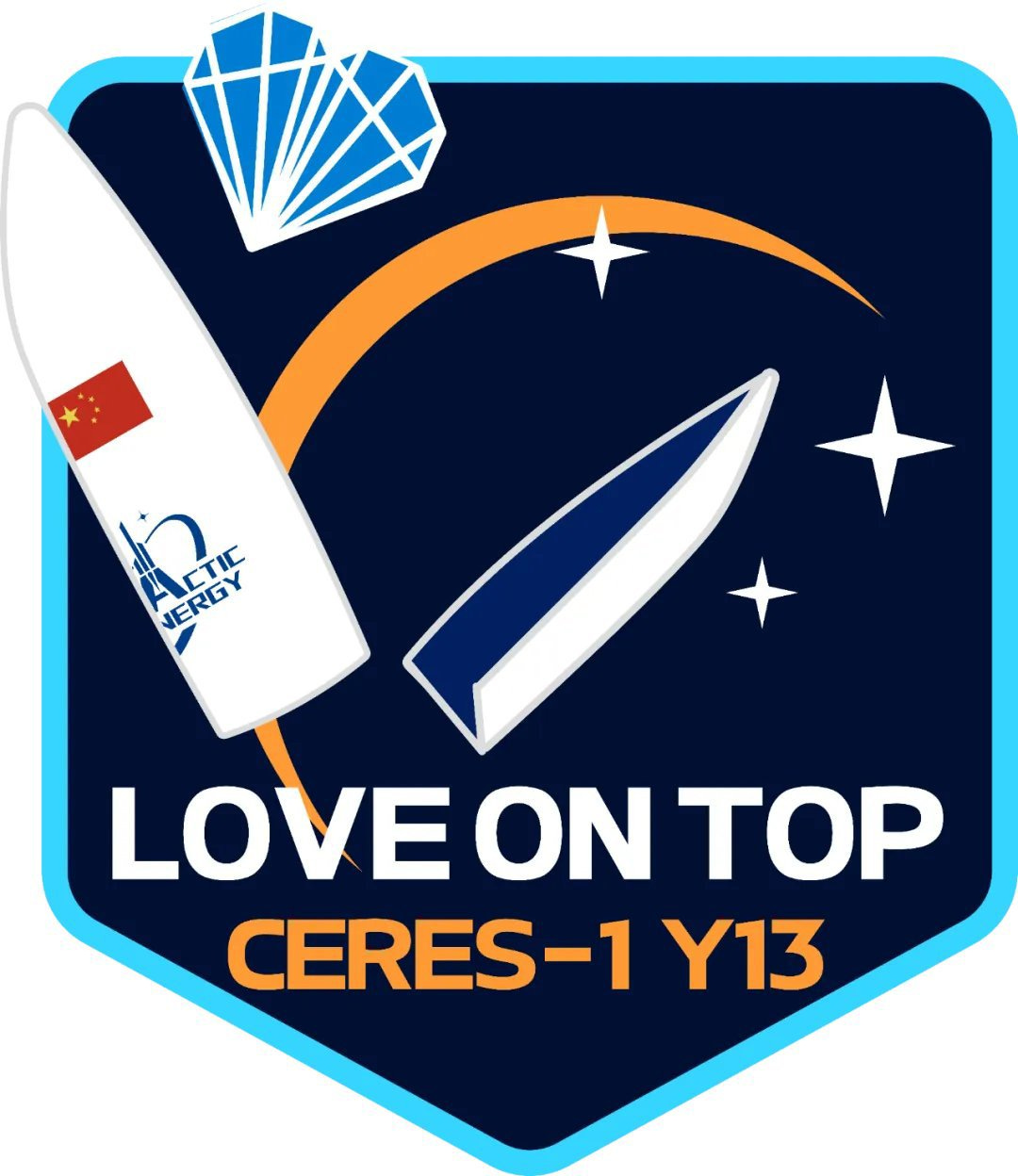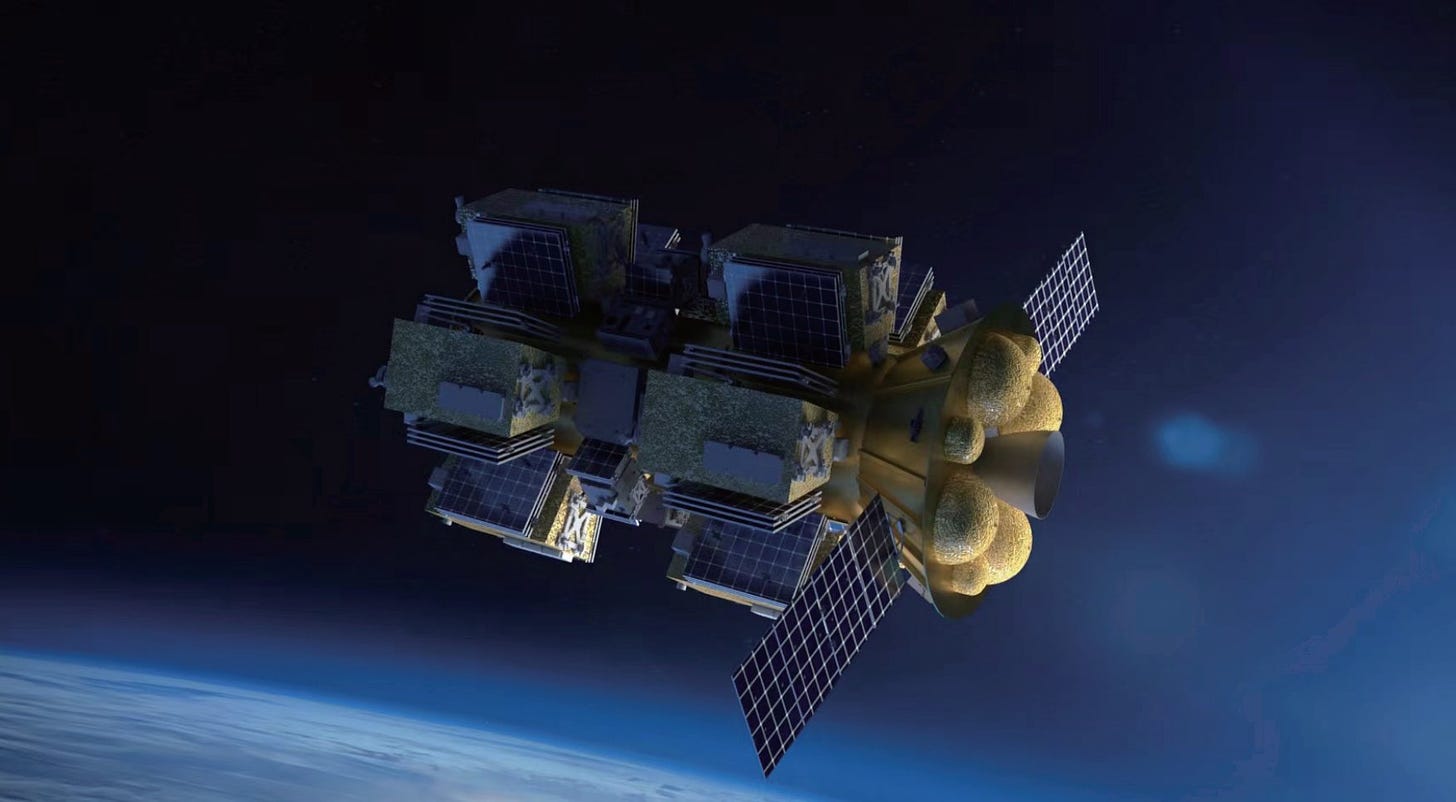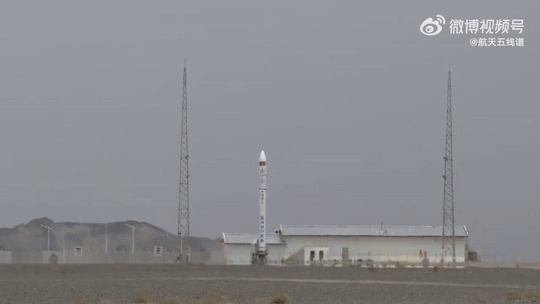A Space Lab from Galactic Energy? [Ceres-1 Y13]
This post was originally published on June 6th 2024 on Ko-fi.
Galactic Energy has launched for a third time in just eight days, beginning its launch schedule for the year with high-frequency back-to-back successes! This latest launch took place at 05:00 AM Univeral Coordinated Time, or 13:00 PM China Standard Time, on the 6th of June from Launch Area 95 at the Jiuquan Satellite Launch Center. Ceres-1 carried its three payloads and new product demonstrator to a sun-synchronous orbit with an altitude of approximately 545 kilometers.
The three customer payloads were:
Naxing-3A (纳星三号A星) and Naxing-3B (纳星三号B星) - The Naxing-3 duo are a pair of remote sensing technology verification and demonstration satellites jointly developed by Tsinghua University and Beijing Tianlian Measurement and Control Technology Co Ltd. Tests for these two satellites will largely be related to gathering remote sensing data/imagery and sending it back to Earth, and between each other, via laser-based optical connections.
TEE-01B (or 地球之眼1号卫星) - This spacecraft is yet another remote sensing satellite that will obtain imagery of the Earth to help with resource monitoring, resource development, city planning, environment monitoring, and forestry observation. The onboard cameras have a resolution of 52 centimeters per pixel in an image that is 14.8 kilometers across.
Also flying on the Y13 mission was Galactic Energy's brand-new Eros orbital test platform, the platform is believed to be named after the near-Earth asteroid 433 Eros. Eros' design and propulsion is based on the fourth-stage of Ceres-1 with some upgrades for extended orbital operation.
Based on materials released by the company, Eros likely features solar panels to enable the continuous generation of power to extend its life on-orbit as well as enlarged propellant tanks for stages attitude control systems. Eros is planned to operate in three different modes:
One: Verification of new devices, products, components, and materials in a real orbital environment.
Two: Technology testing and verification, such as in-space maintenance and manufacturing.
Three: Biological space lab, this is more niche than the other two but Eros could be used as a small independent orbiting lab for small creatures that need smaller life support systems.
Eros is similar to Rocket Lab's Photon kick-stage and could be used to raise its initial orbit and support a variety of experiments and customer satellites. A small constellation consisting of a series of lightweight spacecraft could theoretically be deployed in one Ceres-1 launch with Eros operation on orbit for a few days, these spacecraft would have to be on the same orbital inclination. Galactic Energy hopes Eros can provide a convenient and low-cost platform for on-orbit testing. Lessons learned while operating Eros could also be applied to Ceres-1's regular fourth-stage.
The first Eros launched today is hosting a millinewton thrust-level electric propulsion engine developed by Beijing Xingchen Space Technology Co Ltd. The customer hopes that the thrust level can be proved on orbit while onboard Eros, this test will also be observable to those tracking Eros on the ground.
The Y13 mission for Ceres-1 is the fourteenth orbital launch attempt and the thirteenth successful launch. It is also the third in eight days, which may have allowed to Galactic Energy to bring in 13.5 million United States Dollars, or 97.8 million Yuan Renminbi, in revenue before tax and costs are accounted for. At least five more flights of Ceres-1 are believed to be planned for 2024, alongside the potential debut of Pallas-1.







